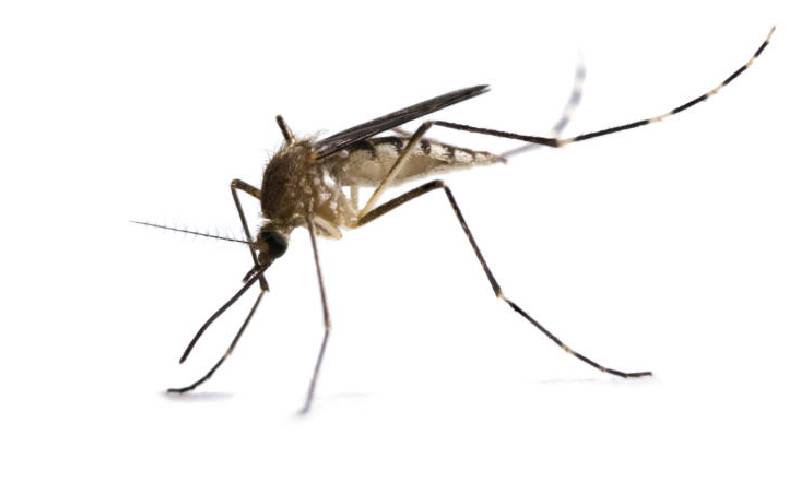×
The Standard e-Paper
Home To Bold Columnists

Yellow fever is difficult to diagnose, especially during the early stages. [File, Standard]
Kenya has confirmed Yellow Fever outbreak in Isiolo's Merti and Garbatulla sub-counties.